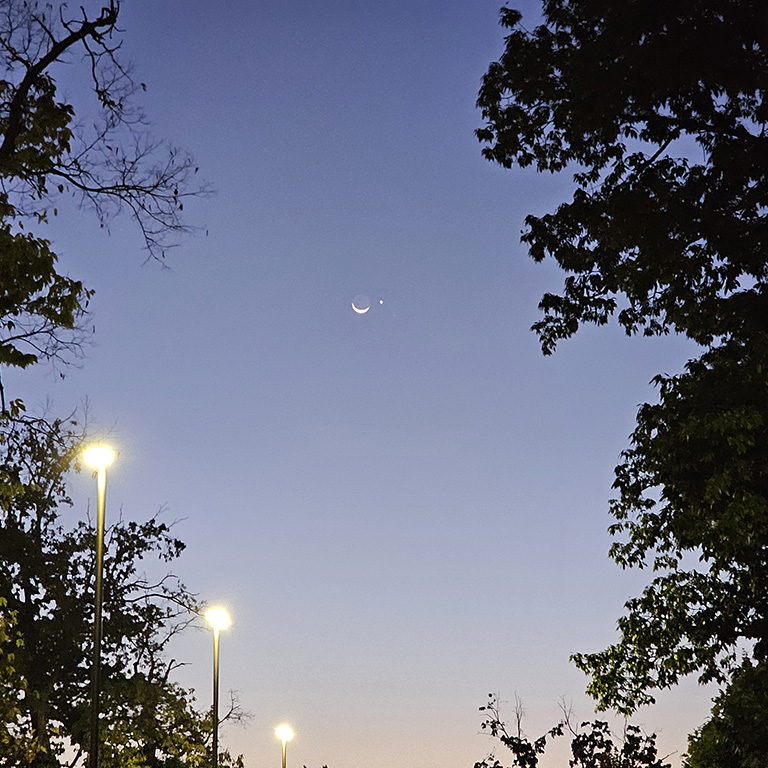
Star Trak: October 2025
Readers of a certain age may remember the visit of Halley’s Comet back in the 1980s, and younger readers may look forward to its return in 2061. In the meantime, we can all enjoy October’s Orionid meteor shower, as the Earth makes its semi-annual passage through Halley’s debris trail. This month’s show will be a good one, since it will occur on Oct. 21, during new moon, when the sky is dark.

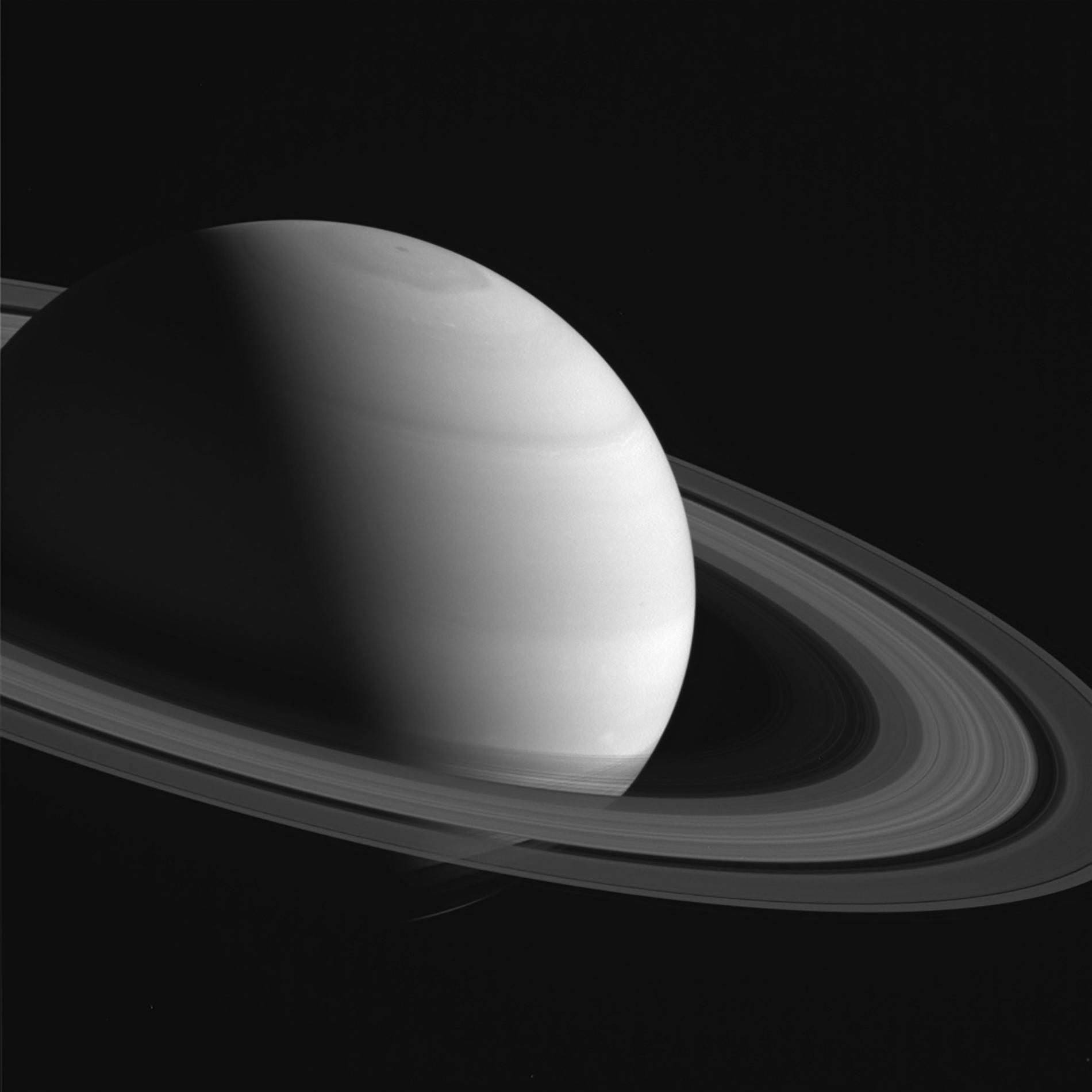
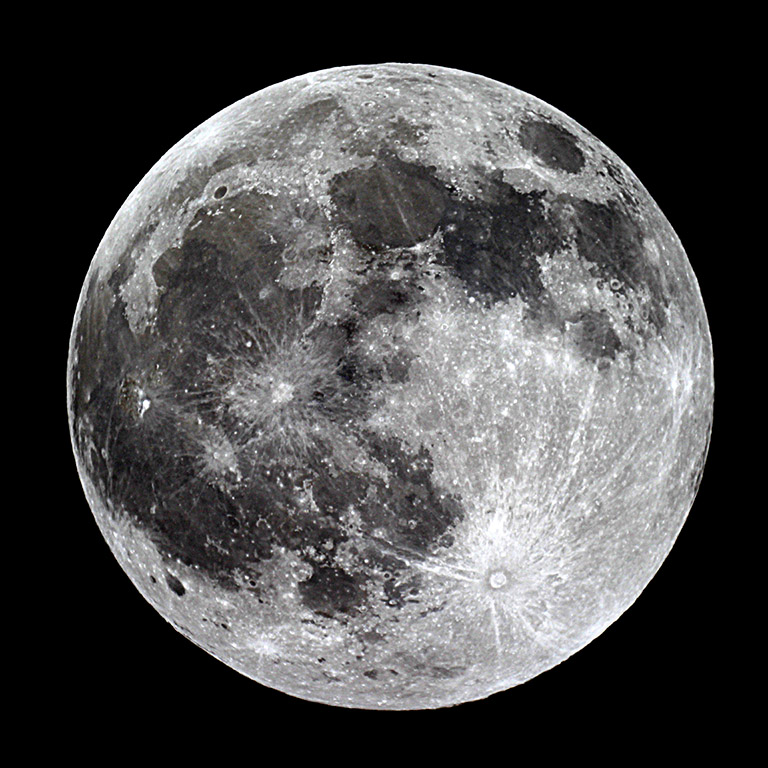
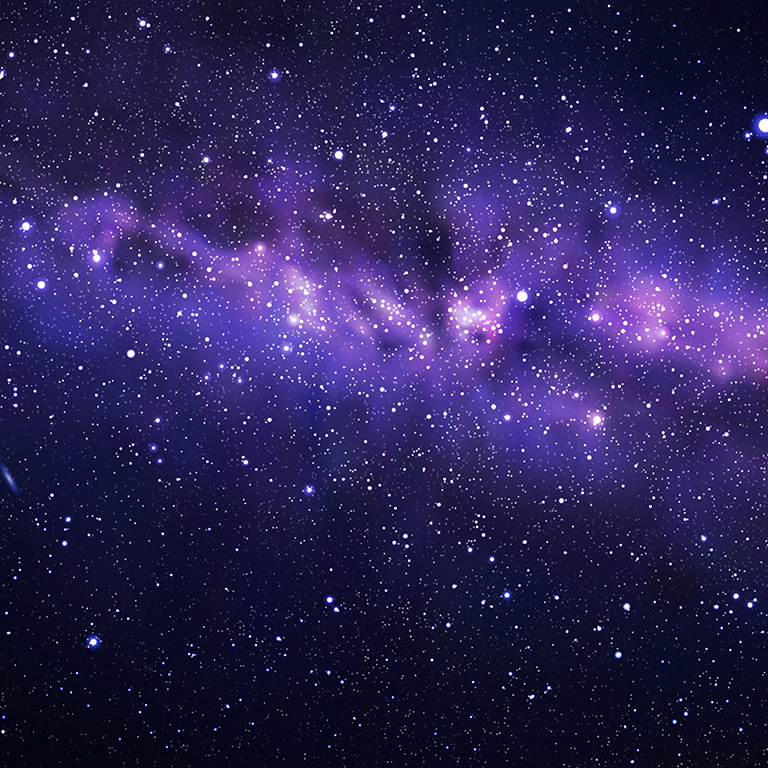
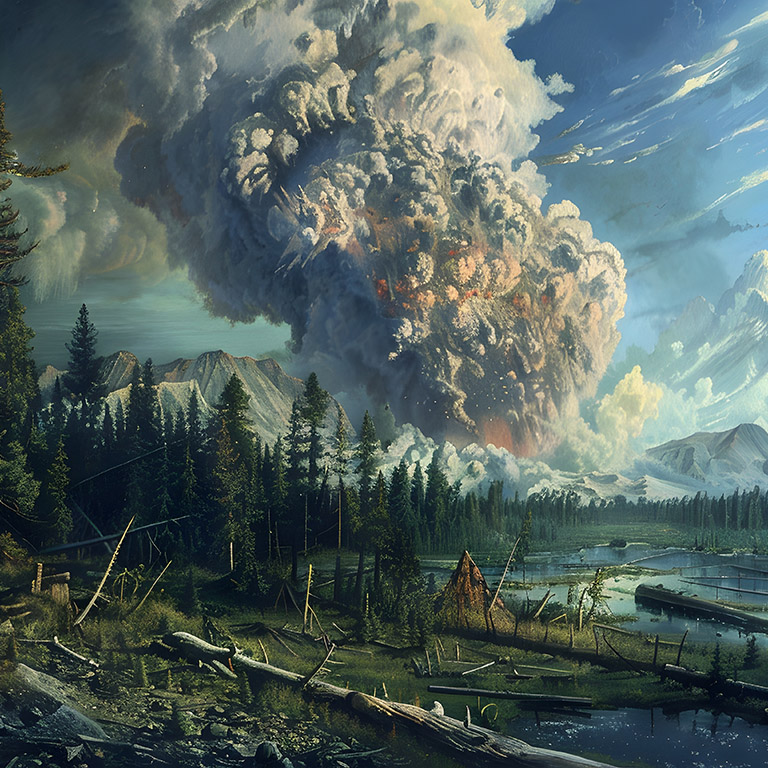
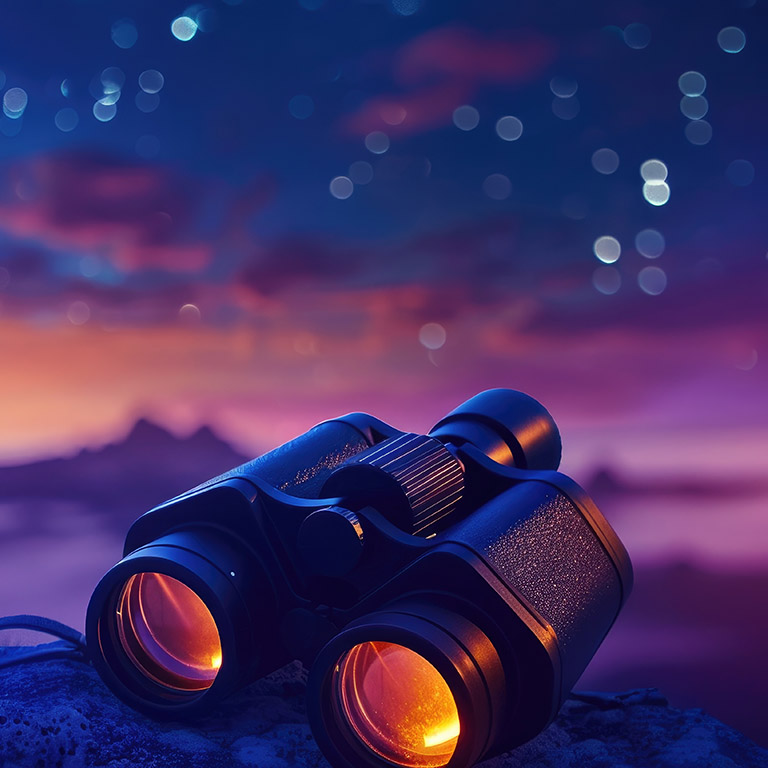
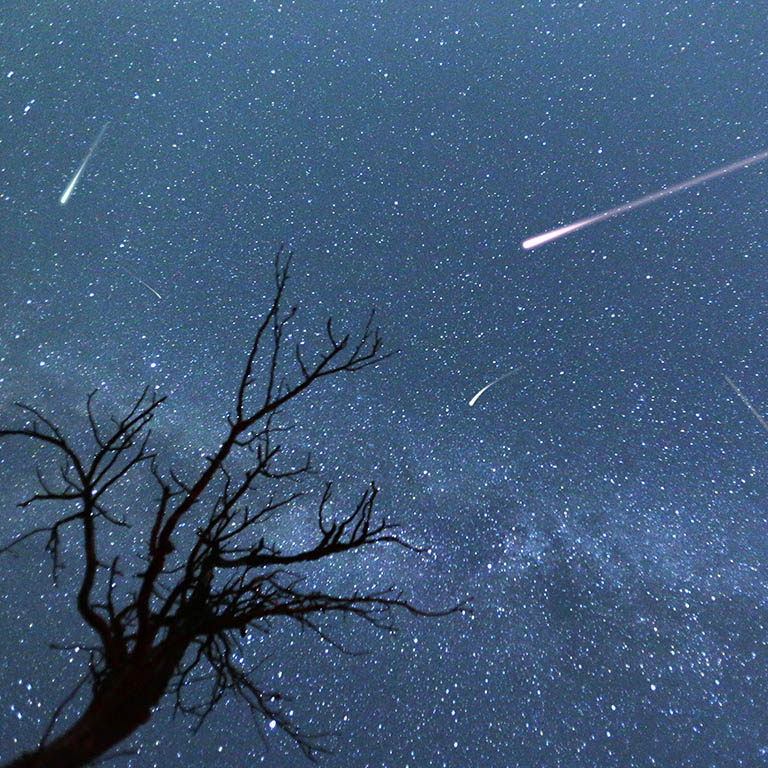
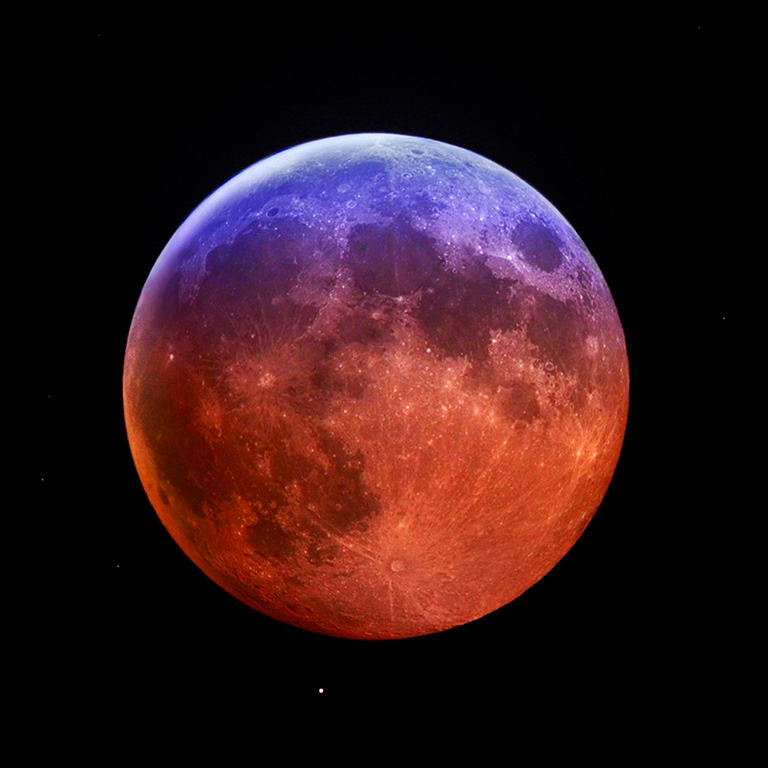
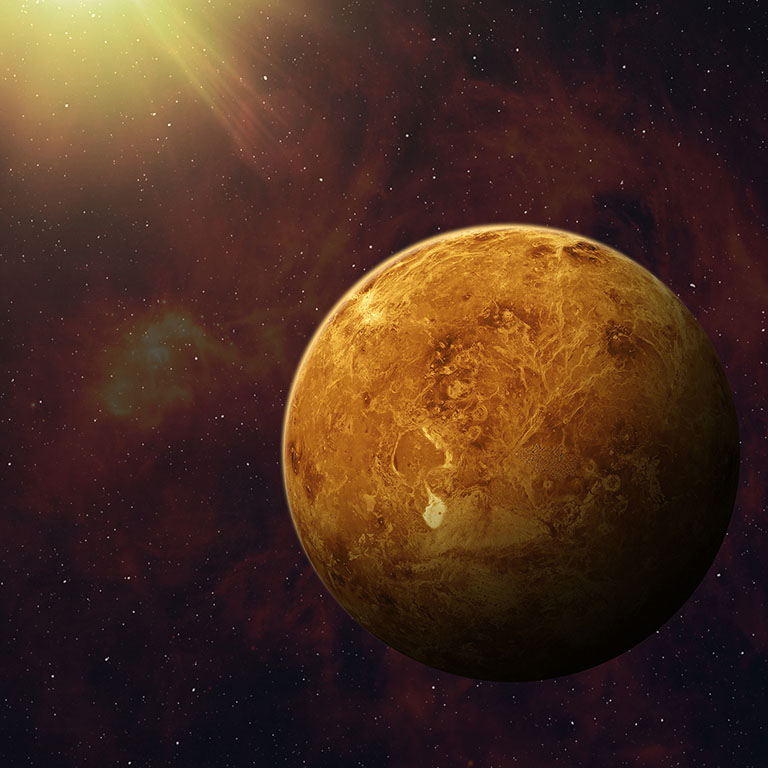
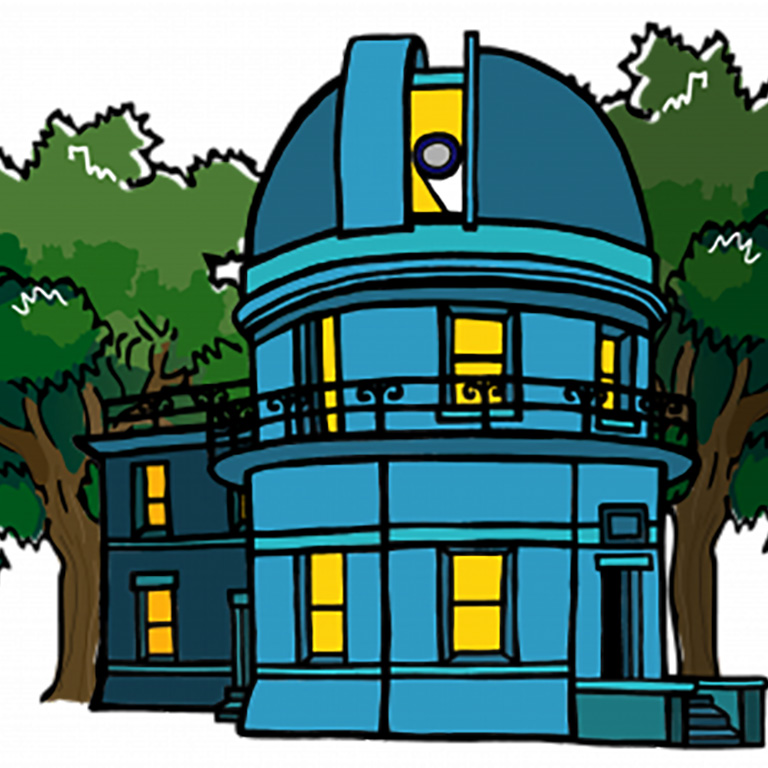
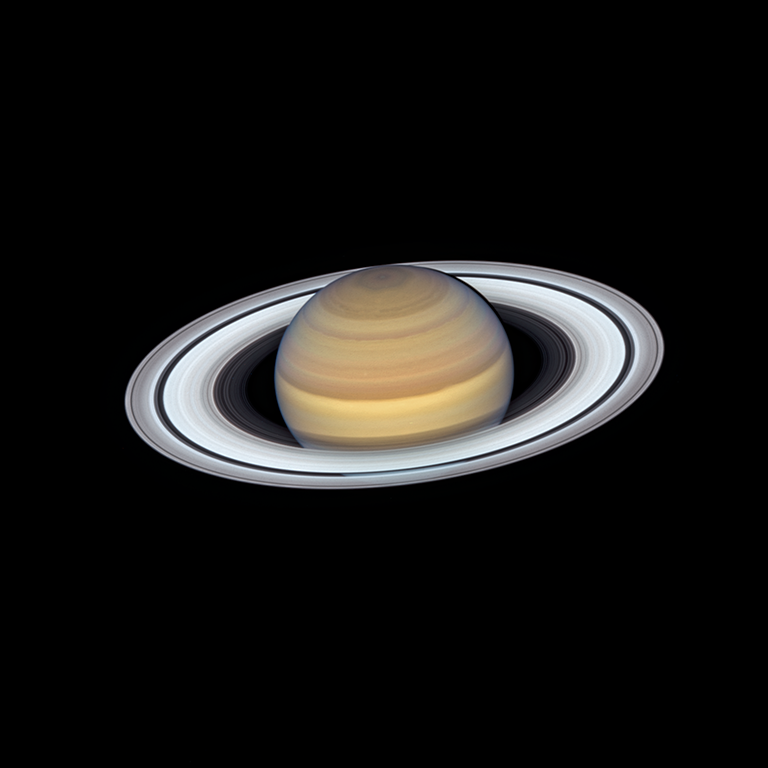

 The College of Arts
The College of Arts